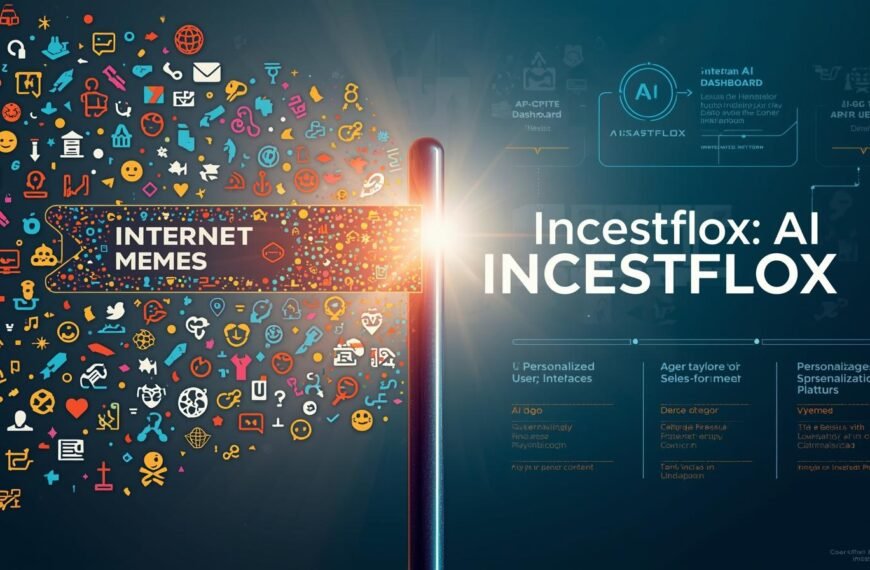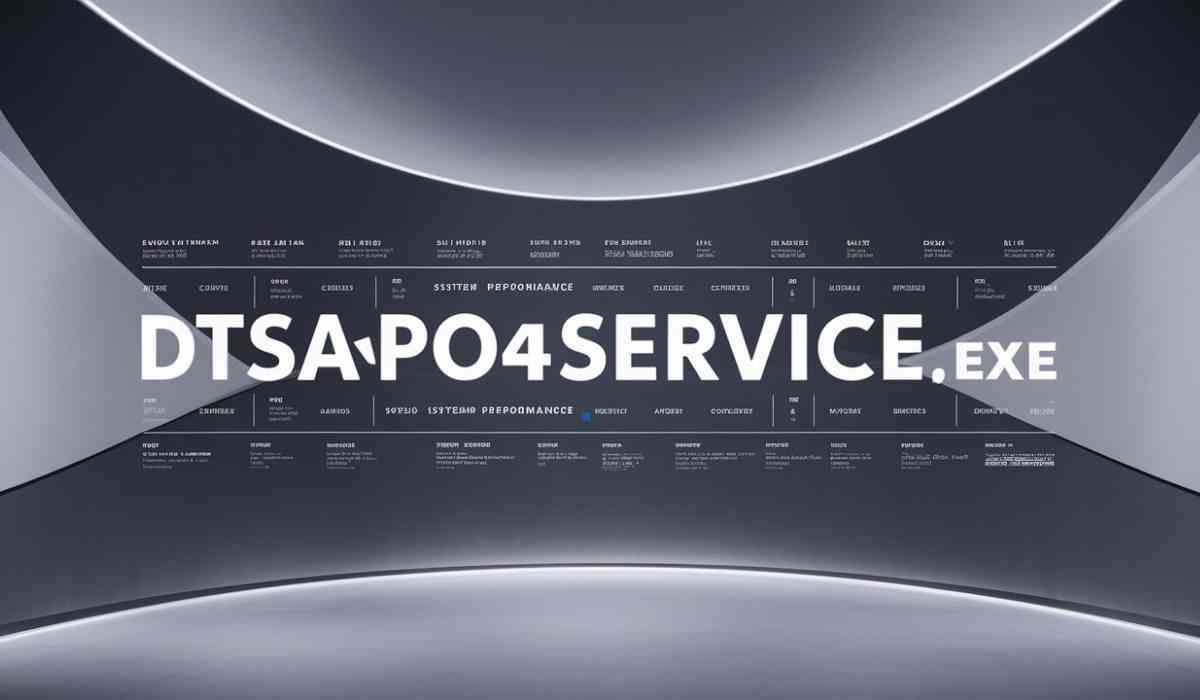In the modern digital-first era, the amount of news, social media posts and online discussions is overwhelming, and brands cannot possibly keep up with it all manually. As the mood of the masses can change within minutes, the possibility to record and analyze the conversation in real time has become a competitive requirement. Here real time media monitoring with Natural Language Processing (NLP) and predictive analytics comes in, taking the practice to the next level, transforming mere tracking into foresight.
Real-Time Media Monitoring Matters
To companies in any industry, visibility is currency. Each tweet, news item, podcast reference, or forum entry builds up the perception of a brand. Conventional types of monitoring, such as manual scan or slow reports, are no longer able to keep up with the speed of the information.
The benefit of realtime media monitoring is that organizations are able to detect critical mentions in real-time. This real time alert enables teams to act on customer complaints, maximize favorable coverage, and identify possible crises before they become major. Reputation management is not only about monitoring what is being said, but also about predicting what will be said next.
The Role of Media Monitoring Services
The contemporary media monitoring services are not mere alert services. They merge huge data gathering with smart analysis to provide insights in news websites, blogs, forums and social media. These services provide marketing and PR teams with a source of truth when it comes to how their brand is portrayed around the world and can be integrated into analytics dashboards.
The inclusion of NLP and predictive analytics turns these services into intelligence engines. They do not just present the what of mentions, but reveal the why and forecast the what comes next.
NLP: Decoding Human Language at Scale
Language is multifaceted, and it is full of sarcasm, slang, and culture. This is particularly so on social sites such as Twitter where a mere 280 characters can be a world of weight. These nuances are usually overlooked in traditional keyword-based monitoring and can be misinterpreted or not analyzed at all.
NLP addresses this issue by training machines to have contextual awareness. NLP can be used in Twitter monitoring, where it can tell the difference between the phrase killer product as either a positive recommendation, or a negative review. Advanced systems also identify sentiment changes, identify irony and classify topics accurately.
This insight can help SaaS marketing professionals, customer support teams and PR provide audiences with a better connection and establish more accurate strategic choices.
Predictive Analytics: From Monitoring to Forecasting
Whereas NLP makes monitoring smarter, predictive analytics makes it forward-looking. Predictive models are based on historical trends, audience behavior, and news cycles to predict how the conversation may develop.
As another example, when a sudden increase in the negative sentiment towards a product launch is identified, predictive analytics can be used to simulate the speed at which the negative sentiment may spread and the channels that will be used to propagate the story. This enables brands to get ready to respond to a PR crisis before it escalates.
Predictive analytics can also be used to allow teams to discover new influencers, predict competitor campaigns, and discover new thought leadership opportunities when integrated into a media monitoring platform.
Media Monitoring Solutions in Action
- Crisis Management
Real time alerts and predictive modeling allow brands to identify potentially damaging narratives when they are still in their infancy, allowing them to develop a response before stories get out of hand.
- Customer Insights
NLP-powered tools can examine the reoccurring pain points discussed on Twitter, Reddit, and review websites, allowing product teams to focus on the changes.
- Competitor Benchmarking
Superior media monitoring tools offer side-by-side comparisons of share of voice, sentiment, and coverage of competitors- so you can make smarter positioning decisions.
- Campaign Measurement
Marketers no longer have to wait weeks to get post-campaign reports, they can view the reaction of audiences to campaigns in real-time and modify messaging in real-time.
Twitter Monitoring as a Case Study
Twitter is still one of the most unpredictable but powerful tools in terms of narration. One viral tweet can change the opinion of the masses, cause a stock to rise or fall, or cause unforeseen crises.
NLP-enabled Twitter monitoring helps brands not only to monitor hashtags but to get the context, tone, and possible impact of discussions. Predictive analytics is then used to predict what trends will become popular, allowing the proactive use of messaging.
On the example of a SaaS company, it might notice that the data privacy is discussed more. Predictive media monitoring enables the brand to anticipate that there will be more scrutiny and be proactive to publish thought-leadership content that address customer-related questions.
The Future of Media Intelligence
Predictive analytics combined with real time media monitoring and NLP is the upcoming novelty of media intelligence. Brands have evolved to the point where they cannot be confined to reporting mentions, and can actively take part in the conversation on modern platforms.
More AI-Powered Future-oriented media monitoring systems will as well introduce dashboards, and real-time sentiment heat maps and predictive alerts, allowing companies to react faster, smarter and more accurately.
And when it is a matter of maintaining your reputation in a market where attention can be short-lived and reputation tenuous, then the ability to make tomorrow morning headlines is not only an advantage, it is survival.
Final Thoughts
Monitoring to prediction is a radical change in the way organizations think about communications strategy. Using media monitoring services with NLP and predictive analytics, brands not only get visibility, but foresight as well.
Through the investment in advanced media monitoring tools, companies will be able to learn more about their audiences, protect their reputations and be able to take advantage of opportunities before their competitors even realize they exist.
Real time media monitoring is no longer the ultimate goal, it is the basis of predictive brand intelligence.









